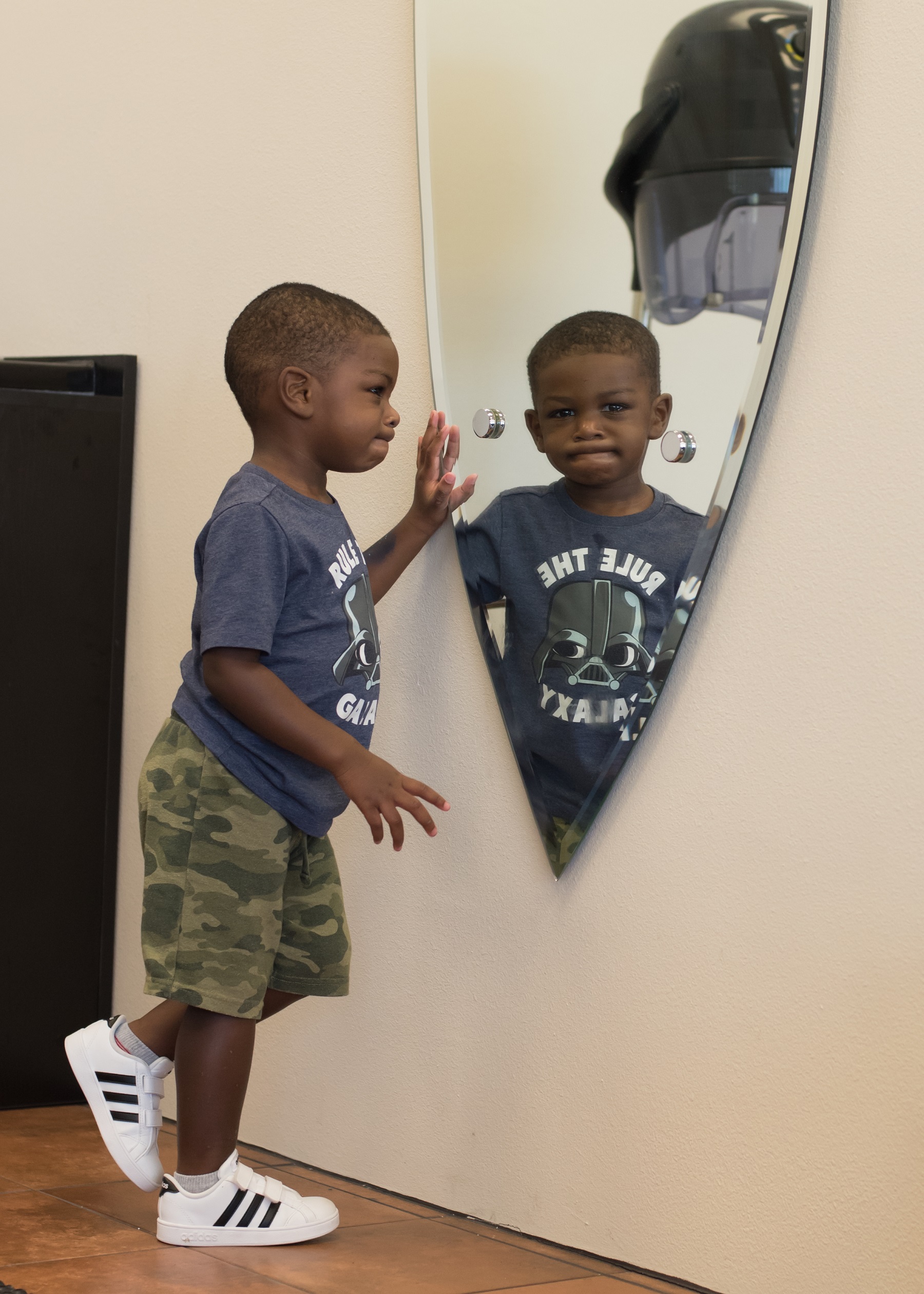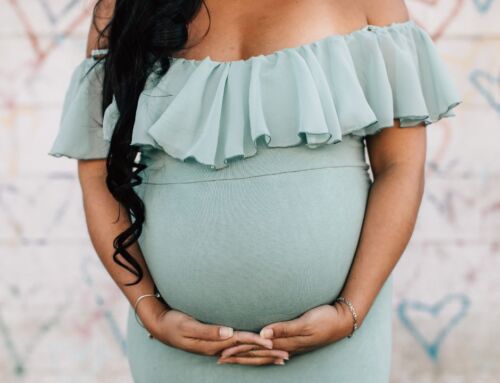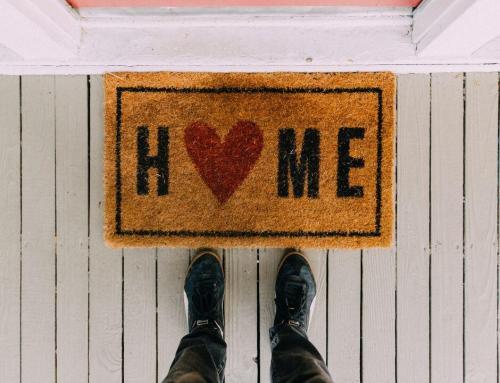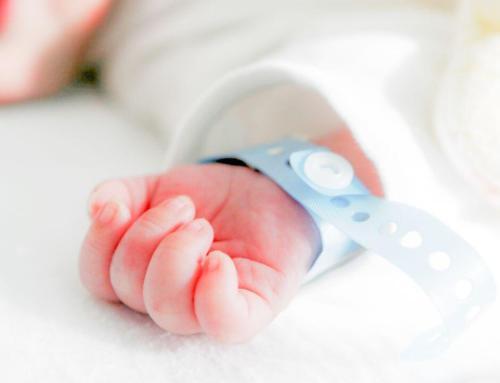Before I joined Adoption Advocates, I worked with teenage girls in a treatment center that provided quality weekly training for staff. One of those trainings – a discussion about non-black adults caring for black children’s hair – was led by Amy Ford. Amy is a white parent of three black daughters and the author of the book Brown Babies, Pink Parents. Her training opened up a whole new treatment avenue for me in my work as a therapist.
Therapy with kids in residential treatment does not usually involve a couch, or earth-moving insights, or dramatic breakthroughs. More often, treatment with hurting kids involves building a relationship through thousands of in-the-moment ruptures and repairs, thousands of tangible corrective emotional experiences. Over time, I learned that one of the most powerful avenues for earning a relationship with kids reeling from the loss of their birth families involved: 1) acknowledging what was irreplaceably lost and 2) nurturing the strength of what remained.
Acknowledging the losses associated with our girls’ hair was sometimes the foot in the door that allowed us to begin to explore “what was irreplaceably lost,”: the loss of the person who might have cared for their hair; the loss of the person who might have taught them about their hair; the loss of the family who understood their hair because they shared their hair.
For the next step, “nurturing the strength of what remained,” nurturing our girls’ hair seemed like an easy place to start. However, my predominately white and Hispanic treatment team and I quickly learned that hair care for black kids was not something that we were likely to be able to manage without some hands-on support from the black community. We learned about the haircare products that were right for our girls’ hair, purchased satin pillow cases, and silk head wraps for sleep, and scheduled routine salon appointments, but most of us lacked the day-to-day maintenance skills black parents usually pass down to their children. More importantly, our affirmations about the beauty of their hair seemed to fall short. They needed to hear that affirmation from someone who looked like them. For those pieces, YouTube wasn’t ever going to be enough. We needed partnerships within the black community.
Part of the “strength of what remains” is the black community itself.
This spring, Amy Ford and I reconnected to talk about transracial adoption, a more integrated community for transracial adoptive families, and a “Back-to-School Hair-A-Thon.” Through luck or coincidence, within two weeks, Amy met Rita Vendrell, the owner of T & J Hair Designs, the person who brought all of the moving pieces together to make the hair-a-thon possible. Rita believes it was something much more powerful than luck that rallied so many people around so many children to make this event a success. She said it was an answered prayer.
On August 20th, Rita opened her Pflugerville hair salon to host the Back-to-School Hair-a-Thon, teaching dozens of white foster and adoptive parents how to care for their black children’s hair. For several weeks prior to the event, Rita and her staff identified donors in the community to provide food, supplies and activities for kids and families. She gathered a team of volunteer haircare professionals from as far away as New Orleans, to devote more than seven hours of their weekend to teaching parents and combing, cutting, braiding and styling kids’ hair. Rita told me she and her team are committed to this effort because they all know how important it is for the kids.
While I walked around the busy salon that day, watching and listening, I saw kids stand a little bit taller and stare at themselves in the mirror a little bit longer after Rita’s stylists acknowledged the beauty of their hair and the beauty of their skin.
White parents cannot expect to learn the ins-and-outs of black hair care unless they are actively engaged with birth parents or actively building relationships within the black community. But hair is just the microcosm. The bigger picture is that white parents cannot expect to raise a child with a strong black identity while isolated within the echo chamber of other white parents.
Before the salon doors opened for the Hair-a-Thon, Rita asked us all to join hands and to give thanks for the series of events that brought us all together. Hair matters in transracial adoption, but it’s about more than hair. Connection, community and cultural identity matter.
Thank you, Rita Vendrell and T & J Hair Designs. And thanks to all of the donors who contributed to this event: Round Rock Beauty Supply, Cal’s Beauty Supply, Afro Beauty and Braids, HEB, Sam’s Club, Kona Ice, Domino’s Pizza, Sonic Drive-In, Texas Roadhouse, Madison Ford’s Nail Art, Shannon Dzikas Face Painting, Sally’s Beauty Supply, Princess Beauty, RDA Pro Mart, Travis County Community Outreach, Salon Shalom, Czetty House of Events, Avenue Five Institute Volunteers, Estelle Brooks, Tracy Muhammed, Janell Meyers, Ronnie Hawkins, Nancy Pickett, Alex West, Inell Harvey, Jada Vendrell, Dometria Williams.
Follow Adoption Advocates’ Facebook page or join The Transracial Adoption Group for updates on next year’s Hair-A-Thon and other upcoming transracial adoption community events.






